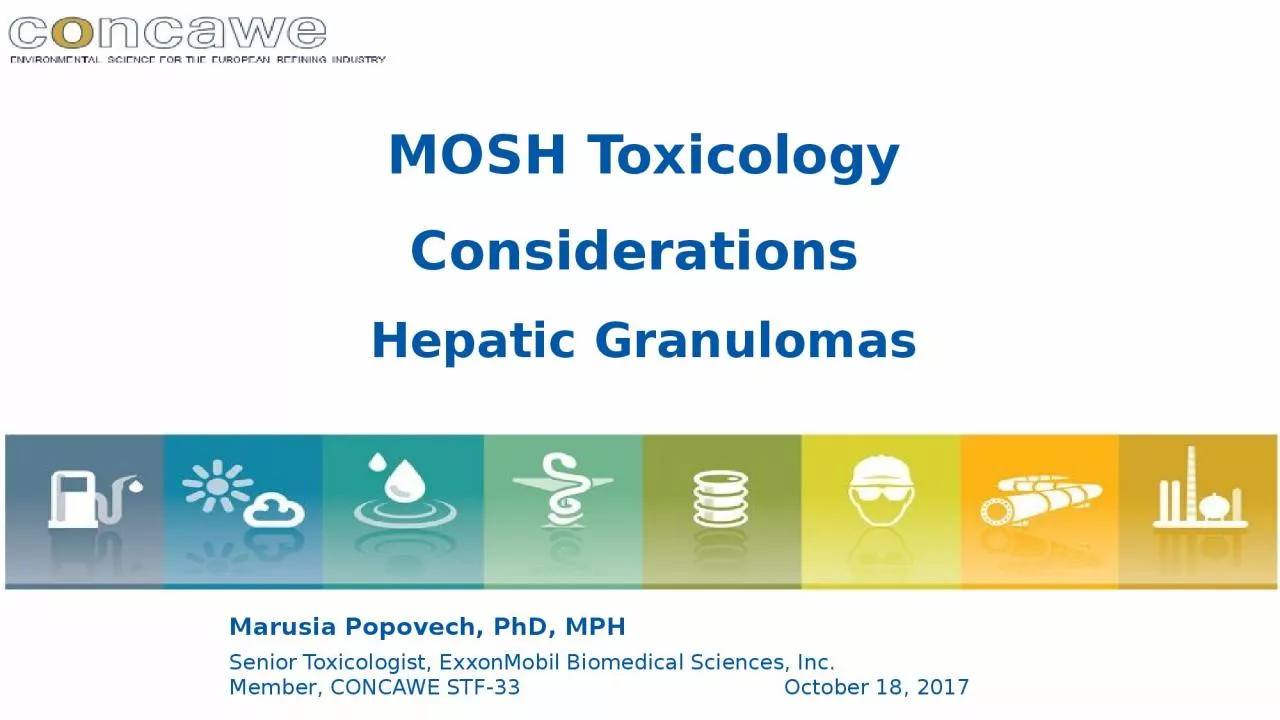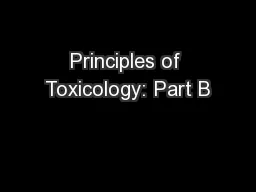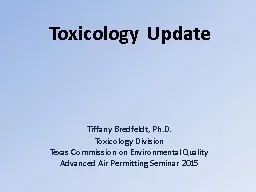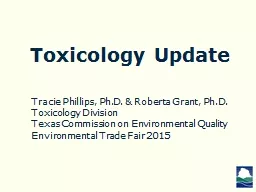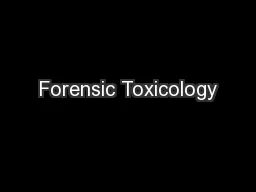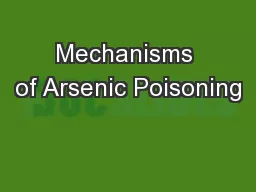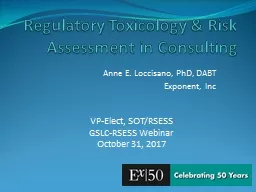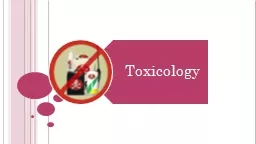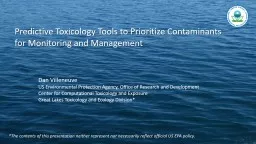PPT-MOSH Toxicology Considerations
Author : SmoochieBoochie | Published Date : 2022-08-03
Hepatic Granulomas Marusia Popovech PhD MPH Senior Toxicologist ExxonMobil Biomedical Sciences Inc Member CONCAWE STF33 October 18 2017 Introduction F344 Hepatic
Presentation Embed Code
Download Presentation
Download Presentation The PPT/PDF document "MOSH Toxicology Considerations" is the property of its rightful owner. Permission is granted to download and print the materials on this website for personal, non-commercial use only, and to display it on your personal computer provided you do not modify the materials and that you retain all copyright notices contained in the materials. By downloading content from our website, you accept the terms of this agreement.
MOSH Toxicology Considerations: Transcript
Download Rules Of Document
"MOSH Toxicology Considerations"The content belongs to its owner. You may download and print it for personal use, without modification, and keep all copyright notices. By downloading, you agree to these terms.
Related Documents

